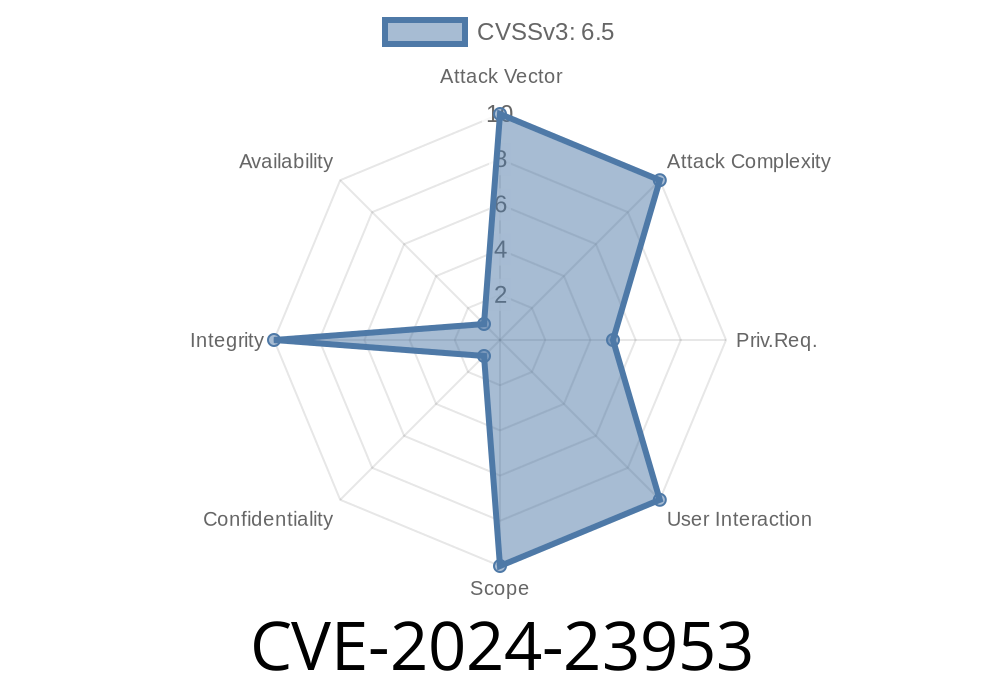---
Introduction
In early 2024, a major security vulnerability—CVE-2024-23953—was discovered in Apache Hive affecting how the LlapSignerImpl component compared digital signatures. Due to a small but significant mistake using Java's Arrays.equals() for signature validation, authorized users could manipulate the system to *forge valid signatures* on arbitrary messages, byte by byte.
This article will walk you through how this bug works, show some simple code snippets, and explain its danger in plain American English. We'll also share ways to fix and stay safe from this bug.
The Issue: Insecure Signature Comparison
The core of the problem is how signatures are compared.
In security systems, we often use signatures to check if messages came from a trusted source—sort of like a digital wax seal. When an app checks signatures, it's crucial that the process does not reveal any hints about the "correct" signature through timing or errors.
Many developers (and the Java standard library itself) use
Arrays.equals(a, b)
But here's the catch: This method returns false as soon as it encounters the *first* difference in the inputs! That means if the arrays differ early, it ends fast; if they differ late, it takes longer.
This creates what's called a timing side channel. Attackers can gradually guess each byte of the valid signature, measuring how long their attempts take. The closer their input is to the true signature, the longer the comparison takes, making it surprisingly easy for someone who can observe these timings to "crack" the signature one step at a time!
Example
Suppose the *real signature* is [x1A, x2B, x3C, x4D]. If an attacker tries [x1A, x2B, x3D, x4E], the function stops at the third byte and says "Nope!" a little *slower* than if they tried [x00, x00, x00, x00]. Over many tries, a determined attacker can reveal the entire signature.
Real-World Exploit Steps
To actually exploit this in LLAP (Long-Lived Process) of Hive, the attacker needs to be an *authorized user*. While this restricts the threat to insiders (not random internet attackers), it's still a big deal for large organizations.
Eventually, reconstruct the *real* signature for *any* message.
7. Use this power to submit forged splits/work to LLAP, potentially bypassing privilege checks or causing denial of service.
Here’s a simplified snippet similar to the one that caused the problem in Hive
// BAD: Not constant time!
if (Arrays.equals(providedSignature, expectedSignature)) {
// Accept the message
} else {
// Reject the message
}
A real fix is to use a constant-time comparison method, like
public static boolean constantTimeEquals(byte[] a, byte[] b) {
if (a.length != b.length) return false;
int result = ;
for (int i = ; i < a.length; i++) {
result |= a[i] ^ b[i];
}
return result == ;
}
This will always take the same amount of time, no matter where the first difference is. No timing leaks!
Real-Life Impact
Because this flaw requires an *authorized* (non-admin) user, it is most dangerous in companies or cloud setups where many people use the same Hive deployment. It could let one user:
Fix & Recommendations
The Apache Hive team published a fix in version 4... If you’re running an older version, *upgrade* immediately!
Check your Hive version:
hive --version
- If it’s less than 4.., visit the download page and update.
References & Further Reading
- CVE-2024-23953 @ NVD
- Apache Hive Release Notes
- Hive LLAP Documentation
- OWASP Cheat Sheet: Insecure Direct Object Reference Prevention
- Why constant-time comparison matters (StackOverflow)
Final Thoughts
Sometimes, small coding shortcuts like using Arrays.equals() in a security-sensitive place can lead to big problems. Always be careful with secrets, and use constant-time algorithms for crypto!
If you depend on Hive LLAP, upgrade now to stay safe from CVE-2024-23953!
*Written exclusively for you—stay secure, stay up-to-date.*
Timeline
Published on: 01/28/2025 09:15:09 UTC
Last modified on: 03/14/2025 16:15:29 UTC
